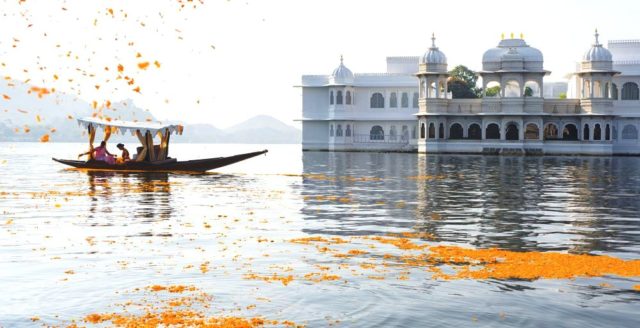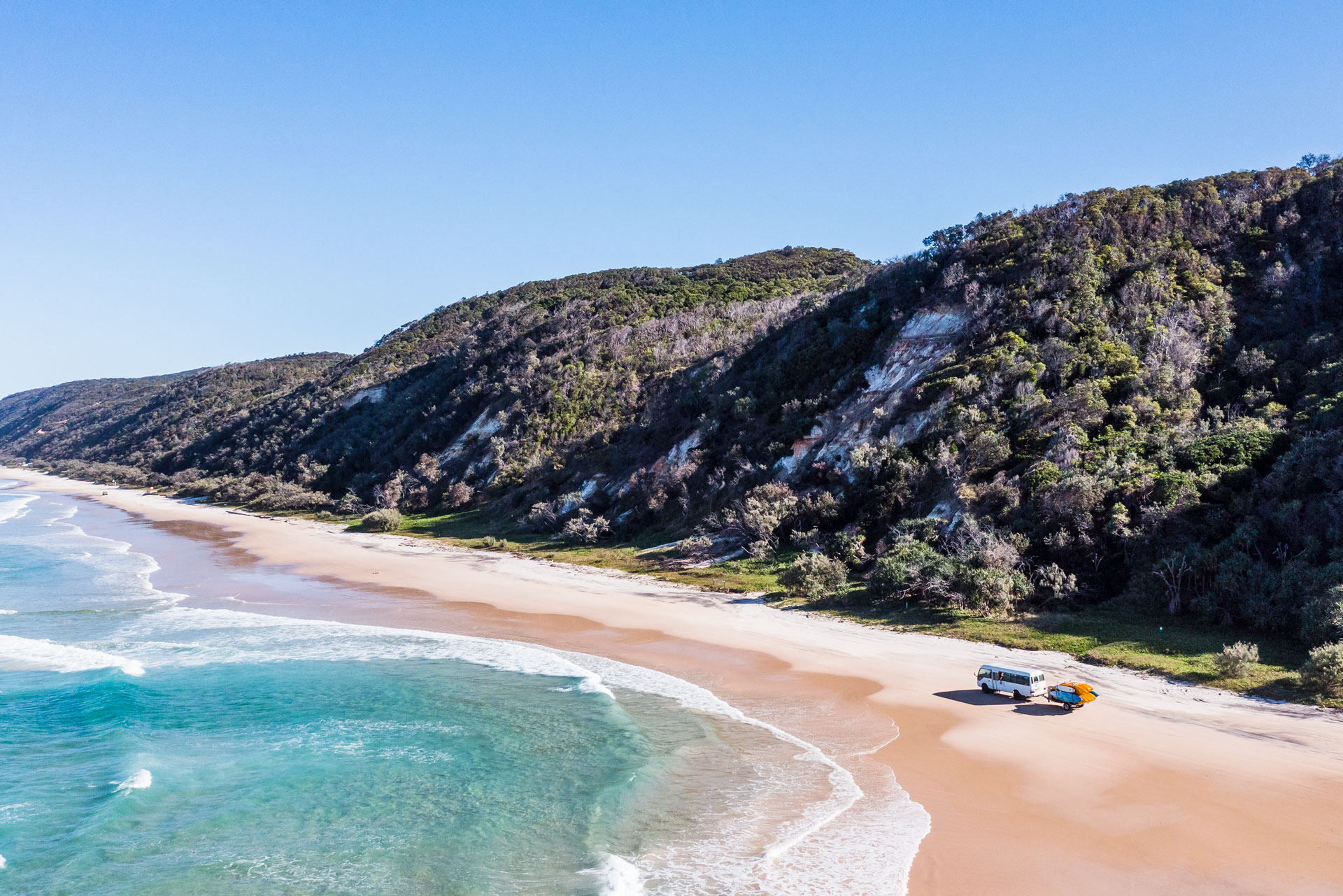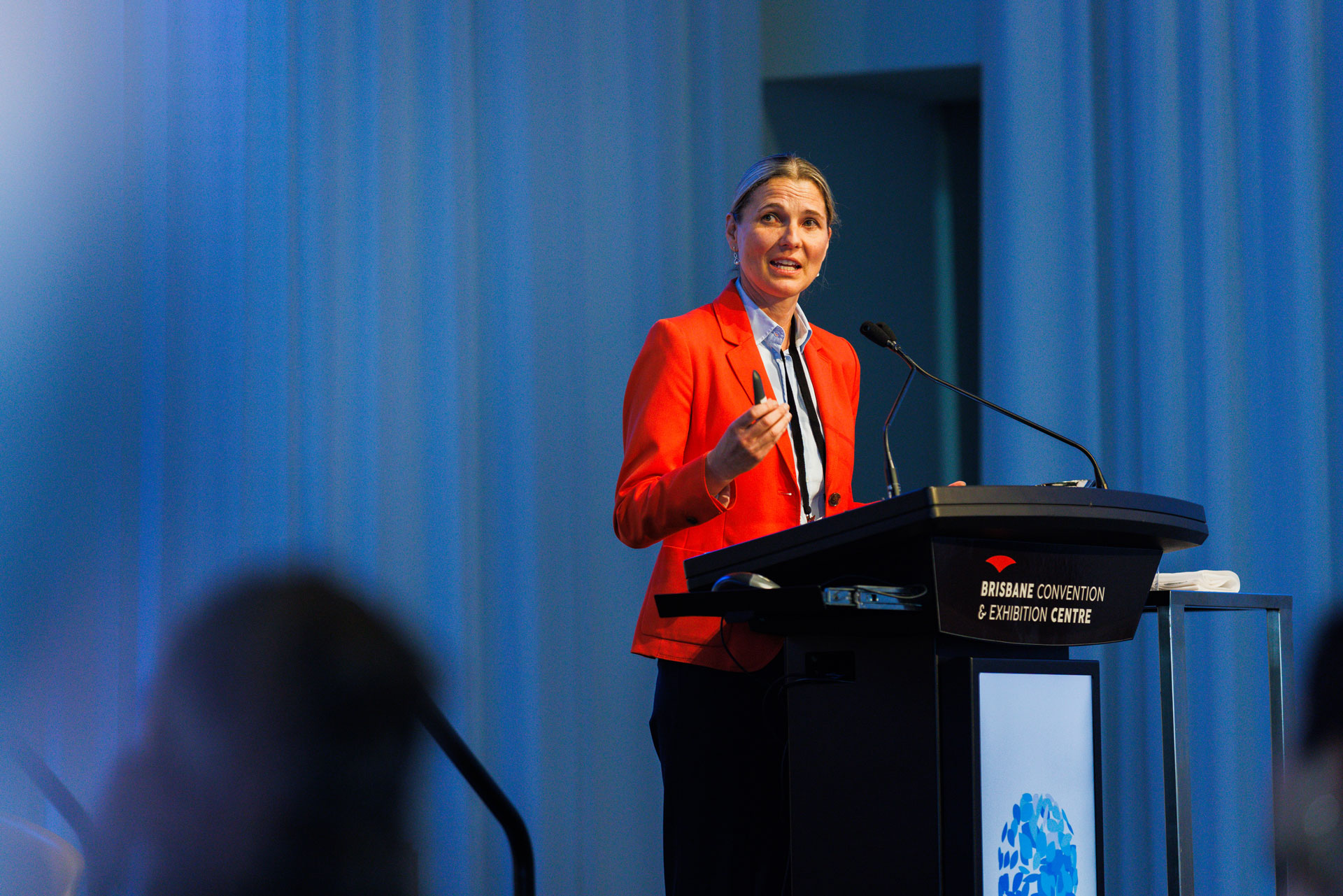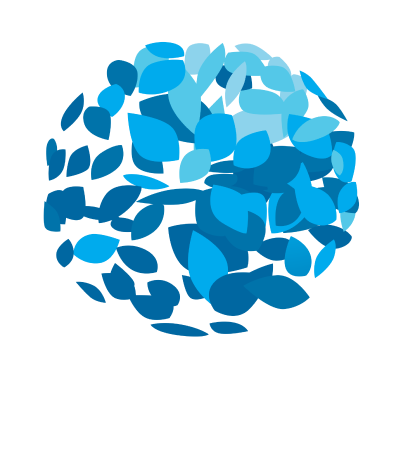Source: Dr. Shashank Shah, Business Author & Stakeholder Management Strategist 13/02/2019 https://thecsrjournal.in/building-an-environmentally-conscious-brand-in-letter-and-spirit/
Every big program launched has small beginnings and since 2007, the Indian Hotel Company Limited (IHCL) had been trying to undertake a lot of environmental initiatives. However, very soon they realised the lack of progress and its measurement. Meanwhile, figures showed that the travel and tourism industry contributed to approximately five per cent of world’s carbon emissions.
To play a responsible role as India’s leading hospitality group, IHCL decided to learn from globally acknowledged sustainable practices. Their objective was to be certified for the work they proposed to do so that all hotels could work towards identified targets and measure and monitor their progress vis-à-vis identified benchmarks.
Their journey began in 2009 when they embarked on an integrated approach to sustainable development. It was called EARTH (Environment, Awareness, and Renewal at Taj Hotels) and the first step was collaboration with EarthCheck, the world’s leading scientific benchmarking, certification and business advisory group for the travel and tourism industry.
EarthCheck employed third-party auditors to coordinate on-site audits at every Taj hotel and action plans were formulated and tailored based on auditors’ reports as the EarthCheck certification involved evaluations in diverse key performance areas.
By 2018, 67 of the 79 EarthCheck-certified hotels achieved a gold certification. All the hotels proudly displayed their certificates in lobbies and rooms so that guests could appreciate staying in an environmentally-committed hotel.
Taj Hotels managed to generate considerable savings after implementing several strategies for the certification processes. Since 2008, the hotel chain has
- Saved energy to power over 172,232 households over 12 months
- Conserved water to fill 719 x Olympic sized swimming pools
- Reduced waste to fill 344 x 20ft standard cargo containers.
The certification process requires meticulous micro-analysis of activities. For example, a footprint is generated when a person travels in excess of 20 kilometres to work. So IHCL mapped the number of employees living outside a 20 kilometres radius from their branch to ensure efficient allocation of staff to properties.
The EarthCheck certification also triggered a photo competition among Taj hotels across the globe about their environmental performance and in the process the hotels learnt from each other and grew synergistically.
At one end of the spectrum were luxury hotels. For example, Taj Exotica in Maldives ran a special coral regeneration programme, through which coral were moved from areas of the lagoon (where they were under threat) to new spaces where they could be monitored by the resident marine biologist. The programme helped preserve biodiversity while allowing guests to view the coral reefs on snorkelling trips.
Back in India, the Taj Lake Palace in Udaipur was located in the middle of the scenic yet sensitive Pichola Lake. To protect the lake and its marine life, the hotel used battery-operated boats to ferry guests to the hotel and back to the banks, besides an irrigation system that used recycled wastewater.
With its upper upscale focus, Vivanta aimed at the reduction of electricity usage and focused on using wind, solar and even geothermal energy sources. Those in Chennai were effectively using wind energy, while the ones in Rajasthan used solar energy. The sewage treatment plant in every hotel helped in generating water for gardening to save fresh water.
At Gateway Hotels, fruits and vegetables constituted about 18 per cent of total raw materials consumption. So, the kitchen layout was redesigned to ensure better monitoring by the chef for reduction in wastage of unconsumed vegetables. It successfully cut wastage from 20 per cent of total to just 5 per cent.
The excess edible food continued to be donated to shelters for the homeless, aged and orphans. The non-edible food and leftovers of raw vegetables were managed in two ways. One was making it into compost or giving it to a piggery and the other was the use of bio-gas plants.
When food goes rotten, it creates methane. At Vivanta by Taj in Kovalam (Kerala), the methane generated through the biogas plant was funnelled into the cafeteria for diverse purposes. Firstly, food wastage was effectively utilized, and secondly, power consumption also reduced.
The Chief Engineer at Vivanta by Taj in Goa, Jerome Lobo, converted garden waste into briquettes by thermal decomposition and used them in the tandoori fire-grill. This award-winning innovation reduced garden waste and coal consumption that was until then used for the grill. It’s noteworthy that environment-related innovations across IHCL are well-documented, thereby facilitating replication across properties.
Two aspects form the core of a sustainable hotel. The first is the physical aspects such as design of the hotel building, low energy consuming equipment and systems, water conservation, energy efficiency, materials selection and indoor environmental quality. The second aspect is the hotel operations such as eco-friendly and carbon-neutral process design, operating supplies and choice of guest amenities.
Project EARTH helped IHCL in both these aspects by measuring the carbon footprint, quantum of water consumption and waste generation. The company also attempted to convert a fixed percentage of its room inventory to EARTH Rooms, where no plastic or toxic substances were used and energy consumption and waste generation was reduced.
For the success of Project EARTH, the employees were initially oriented towards these activities with the commercial objective that it made business sense to control them. However, when the usage of renewable energy increased, the employees themselves realised that there were no costs involved after the initial investment and there were the additional advantages of reducing fossil fuels and pollution.





